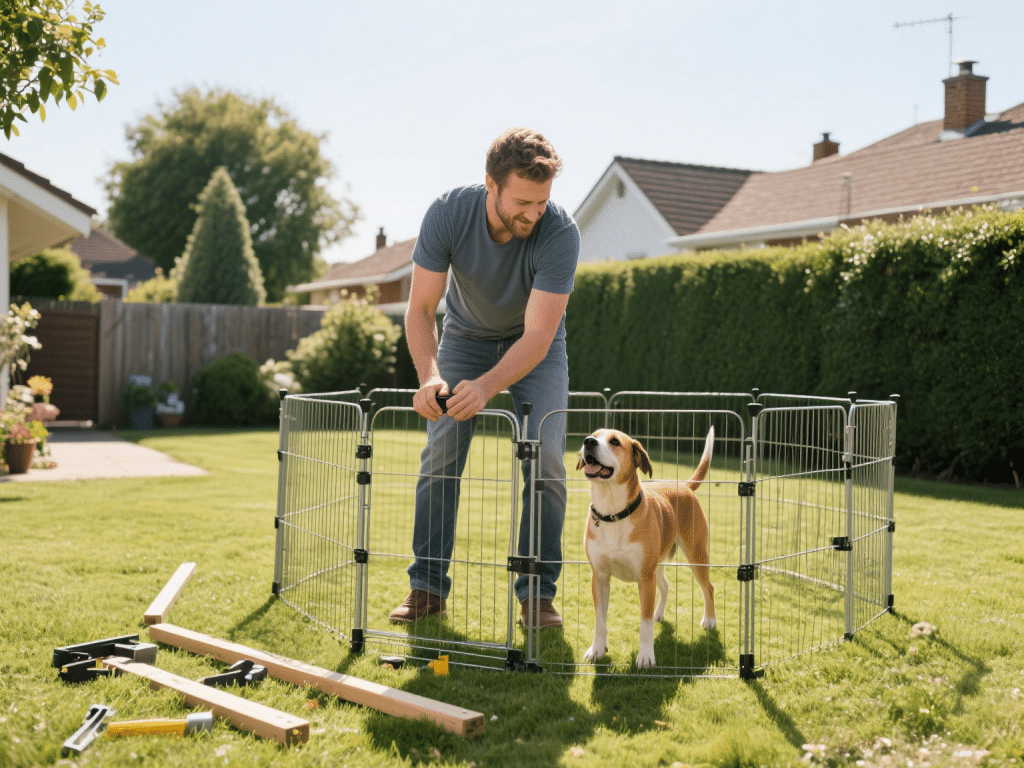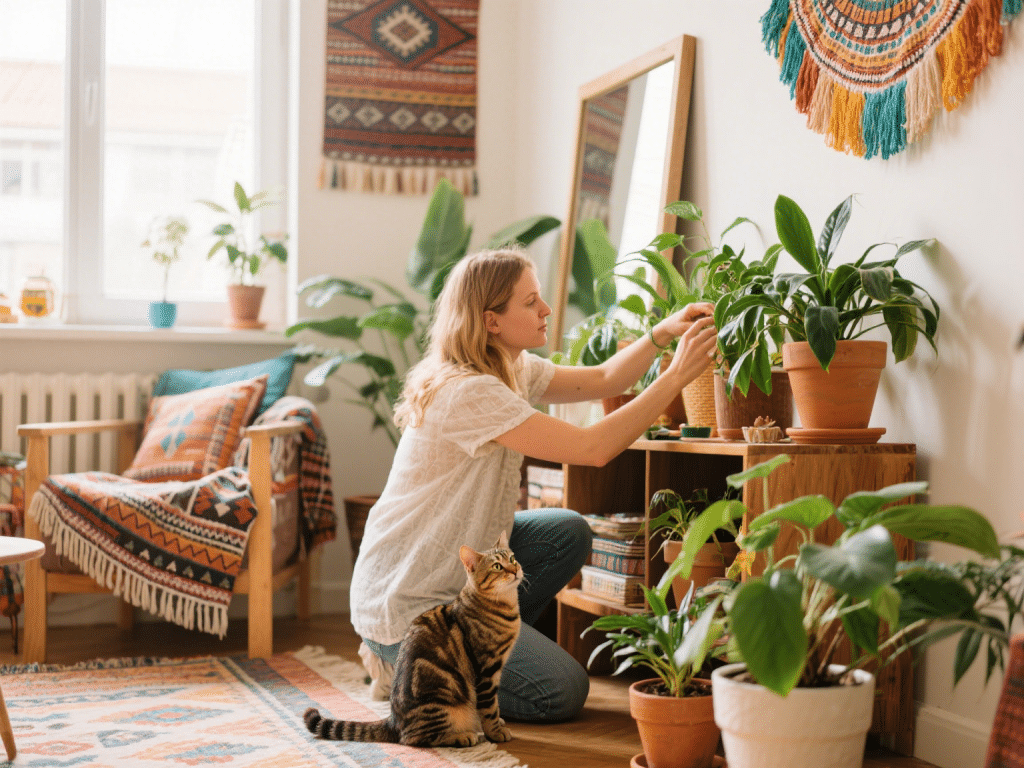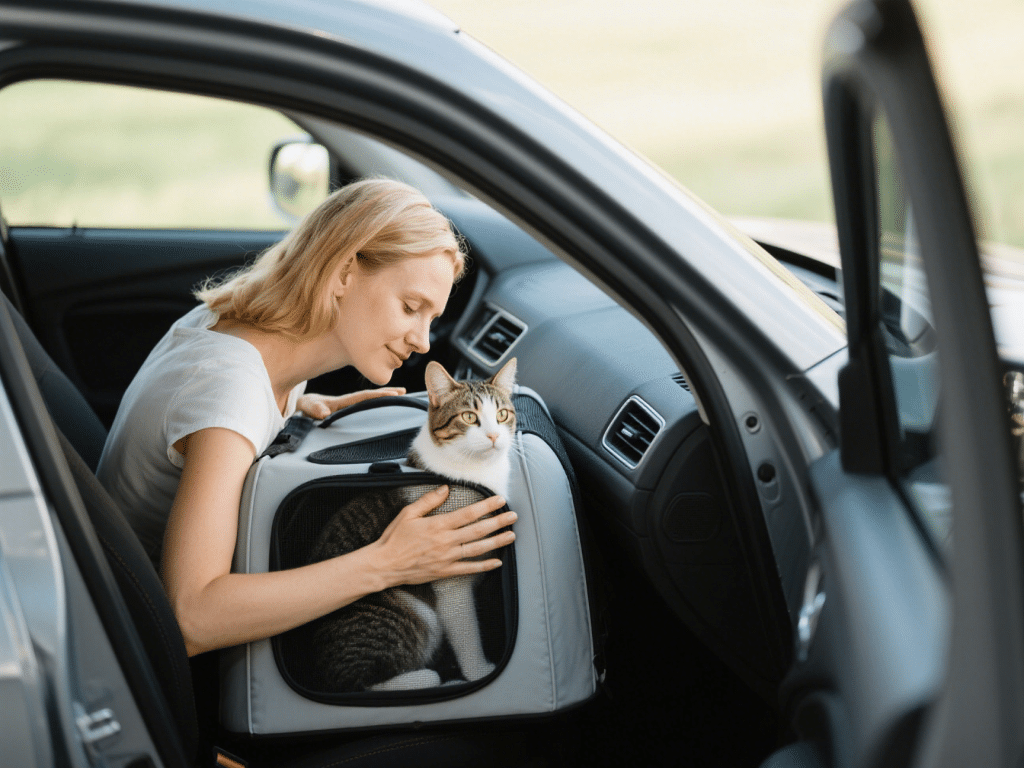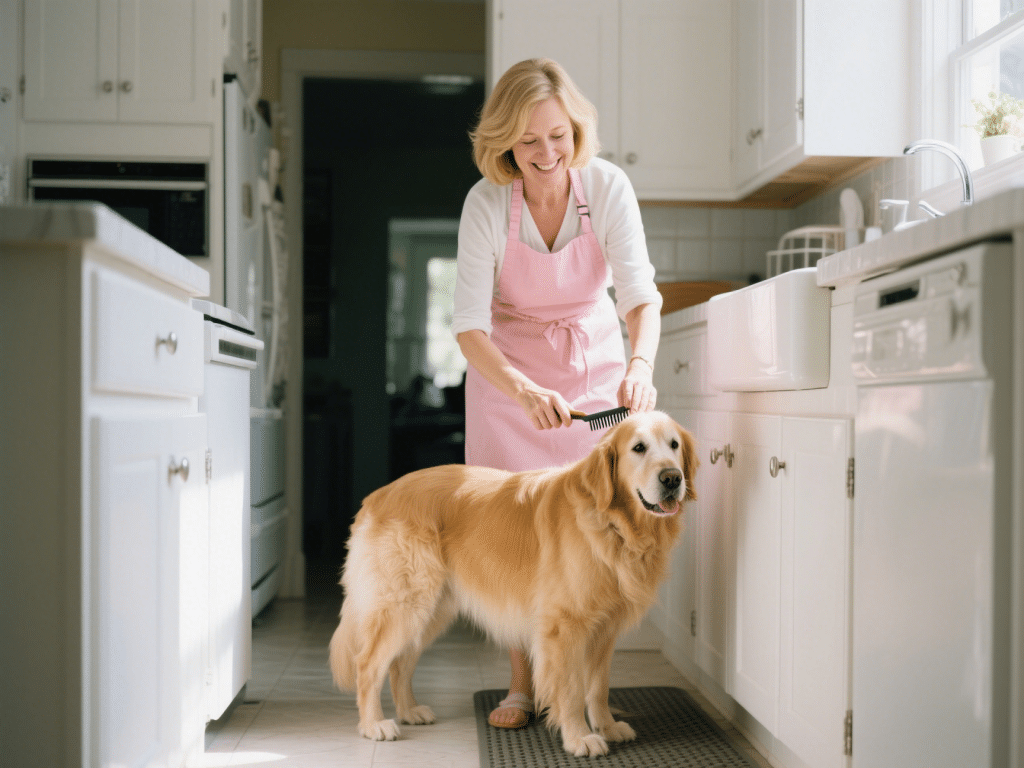Introduction
Proper hydration is essential for pet health—kidney function, digestion, and temperature regulation all depend on adequate water intake. The right water bowl encourages frequent drinking, reduces bacterial growth, and supports comfort. Learn how to select the best bowl for your cat or dog.
Key Factors to Consider
Material
Stainless Steel: Durable, non-porous, easy to clean, and resistant to bacterial buildup. Ideal for dogs prone to drooling or who chew on bowls.
Ceramic: Heavy, less likely to tip, often glazed to prevent bacteria. Ensure it’s lead-free, non-toxic glaze. Chips can harbor germs, so inspect regularly.
Plastic: Lightweight, affordable, but can develop scratches that harbor bacteria and cause chin acne (acne in cats or dermatitis in dogs). Choose BPA-free, food-grade plastic if used temporarily.
Size & Depth
For dogs: Match bowl size to breed—large breeds need deeper, wider bowls for comfortable access; small breeds or puppies require shallow, small-diameter bowls to prevent whisker strain.
For cats: Shallow bowls reduce whisker fatigue. Wide, flat dishes allow them to lap without touching whiskers against edges.
Stability & Design
Look for non-slip bases or rubber rings under the bowl to prevent tipping and sliding.
Elevated bowls can benefit large breeds or older dogs with joint issues, reducing neck strain. For cats, standard height on the floor is typically best.
Consider wide rims to reduce splashing and wet floors, especially with enthusiastic drinkers.
Ease of Cleaning
Dishwasher-safe bowls simplify cleaning, ensuring daily sanitation to prevent biofilm and mold.
Avoid intricate shapes, grooves, or ridges where water can stagnate.
Specialty Bowl Options
Filtered Water Bowls: Built-in charcoal filters remove odors, chlorine, and impurities—ideal for pets sensitive to tap water taste.
Automatic Water Dispensers: Continuous flow fountains entice pets to drink more. Flowing water is appealing to cats and some dogs; ensure the pump is quiet and the system is cleaned regularly.
Travel Bowls: Collapsible silicone designs are portable for hikes and trips; rinse and refill as needed.
Maintaining Your Pet’s Water Bowl
Daily Cleaning: Rinse with hot water and mild detergent. Sanitize once a week with a vinegar solution (one part vinegar to three parts water).
Regular Inspection: Check for cracks, scratches, or chips. Replace bowls at the first sign of damage, especially in ceramic or plastic bowls.
Fresh Water Supply: Refill at least twice daily, even if not fully empty—stagnant water can develop bacteria quickly.
Conclusion
Choosing the right water bowl involves balancing material, size, stability, and ease of cleaning. Stainless steel and ceramic are top choices for health and durability, while specialty filtered or fountain bowls can boost hydration. Keep bowls clean, inspect frequently, and adjust style as your pet ages or their needs change. With the proper bowl, you’ll promote consistent hydration and support your pet’s overall well-being.









Comments on "How to Choose the Right Water Bowl for Your Pet’s Health" :